
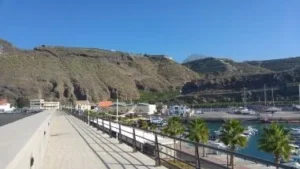
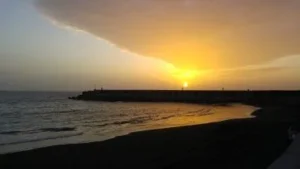
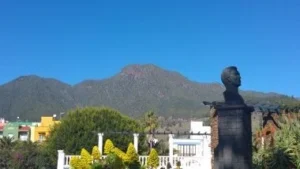

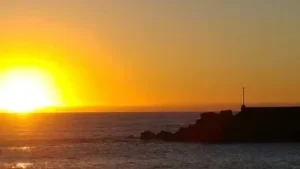




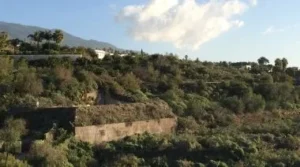

La Palma
La Palma, this oasis of tranquility with its friendly inhabitants is official UNESCO Biosphere Reserve since the year 2002.
The beautiful island is also called isla bonita for her attractiveness and lush flora, which is mainly due to the trade winds. They drive rain clouds and fog to the mountains and supply the plants with moisture.
This “mini continent” has a variety of landscapes:
Scant lava fields in the south, dry Mediterranean vegetation, pine forests and even jungle-like laurel forest in the northeast of the island.
About 170 endemic plants can be found here.
These exist exclusively in the Canaries, the best known species is the dragon tree, its botanical name is “Dracaena”.
Dangerous animals do not live on the island, here animals like the grajas (La Palma crow), geckos and various types of butterflies are at home.
San Miguel de La Palma, the most north-western of the Canary Island lies 400 km off the Moroccan coast.
Thus, one could classify the Isla geographically to Africa. But it belongs to Spain — tip of the Iberian Peninsula (Cádiz) is 1,500 km away.
The Spanish dialect spoken on the island which measures only 708 km² sounds as “latino” as the music (salsa and merengue) that accompanies many fiestas here. The culture is very latino-american influenced due to the return of former emigrants from Cuba and Venezuela. This is especially celebrated at the “Día de los Indianos” in Santa Cruz de La Palma.